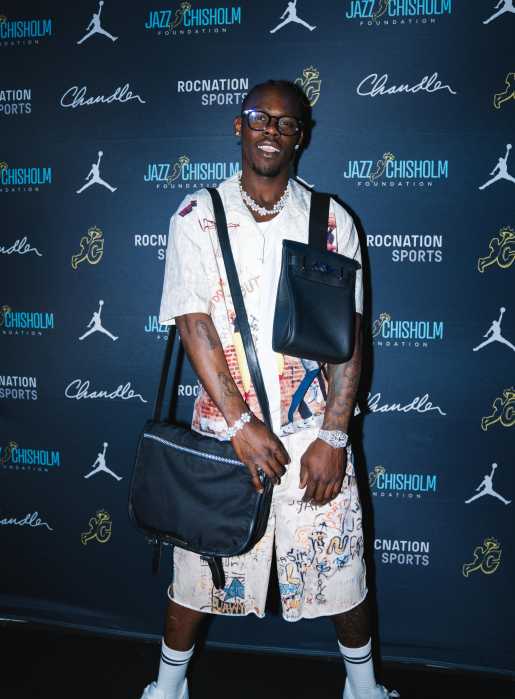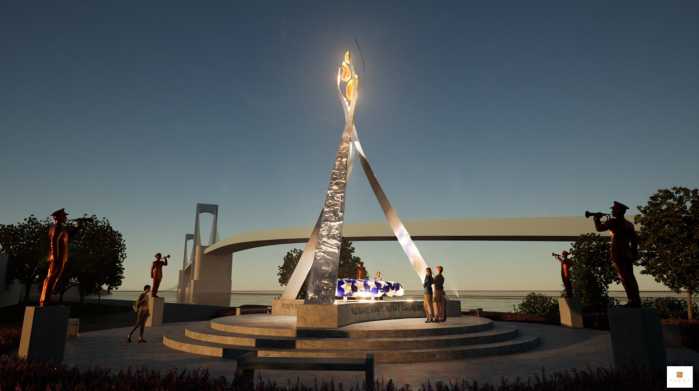The Barbados government is set to enter a new financial year showing another gaping difference between its spending and the money it expects to take in, with a projected shortfall of Bds$1.6 billion.
“It is estimated that government’s total expenditure for the financial year 2016 – 2017, on the accrual basis, will be $4,394.5 million…current revenue for the next fiscal year is projected at $2,737.6 million,” the administration stated this week.
According to a government release, the administration’s projected fiscal imbalance for the April 2016 to March 2017 period is marginally better than the Bds$1.7 billion (Bds$2 = US$1) hole it estimated for the previous financial year, 2015 – 2016.
The continued gap between money spent, and to be spent, and money coming into the national treasury might represent a lack of success of the Prime Minister Freundel Stuart government, that has been trying since 2014 to rein in expenditure and bring the national deficit to a manageable size.
With some prodding from the International Monetary Fund, government had over the last two years introduced a 19-month economic stabilisation and recovery plan, imposed new taxes, cut tuition fees support for Barbadians at university, and sent home almost 3,000 public employees, but it is now going into another financial year with the same burden of bloated government and a higher public service wage bill, pitted against below par revenue.
“Wages and salaries are expected to increase over the revised amount for 2015 – 2016 by $17.8 million or 2.4 per cent to $758.7 million. The increase is mainly due to increments,” government stated.
According to the statement, “expenditure on goods and services is expected to increase by $106.9 million to $459.9 million”.
Sometime this month Finance Minister, Chris Sinckler, is expected to present the 2016-2017 budget, in which he should be explaining in that policy document how its drive towards a leaner government and smaller wage bill measures up against these areas of projected increased expenditure.
Last year Sinckler also spoke of measures towards stabilisation of the revenue situation, boasting, “the beginning of the turnaround in the Barbados economy which started from around the last quarter of 2014 has begun to have some impact on the outturn of the fiscal figures”.
But in this month’s budget presentation, Barbadians will be keen to hear an explanation on how revenue figures continue to fall so far behind projected spending, despite this ‘turnaround.’
Another notable feature of this year’s estimates is that the money set to go to the island’s only public health care institution, Queen Elizabeth Hospital, has been reduced from $150 million for 2015 to $146.3 million this year.
This reduction comes against a backdrop of poor and failing health services because of shortages of supplies at the institution. Government last year had to rush emergency funding for QEH through parliament because providers of medical supplies had cut off the hospital as its debt to them piled up.
In last year’s budget, Sinckler, had talked of plans for a privat e/ public partnership on a Health Care Capital Expenditure Fund, which would grow and meet QEH’s financing needs.
He said government intended to scrap a Catastrophe Fund, originally designed to meet the needs of Barbadians in time of disaster, and extract $20 million from the money accumulated therein to use as capital for the Health Care Capital Expenditure Fund.
But, except for recent media reports claiming Cabinet’s intention to repeal the law supporting the Catastrophe Fund, nothing more has been heard of Sinckler’s QEH financing plan.
Here again, Barbadians will be keen to hear what the finance minister says in this month’s budget statement about the way forward for their already cash-strapped public health service that is set to receive less money from government this financial year.



























